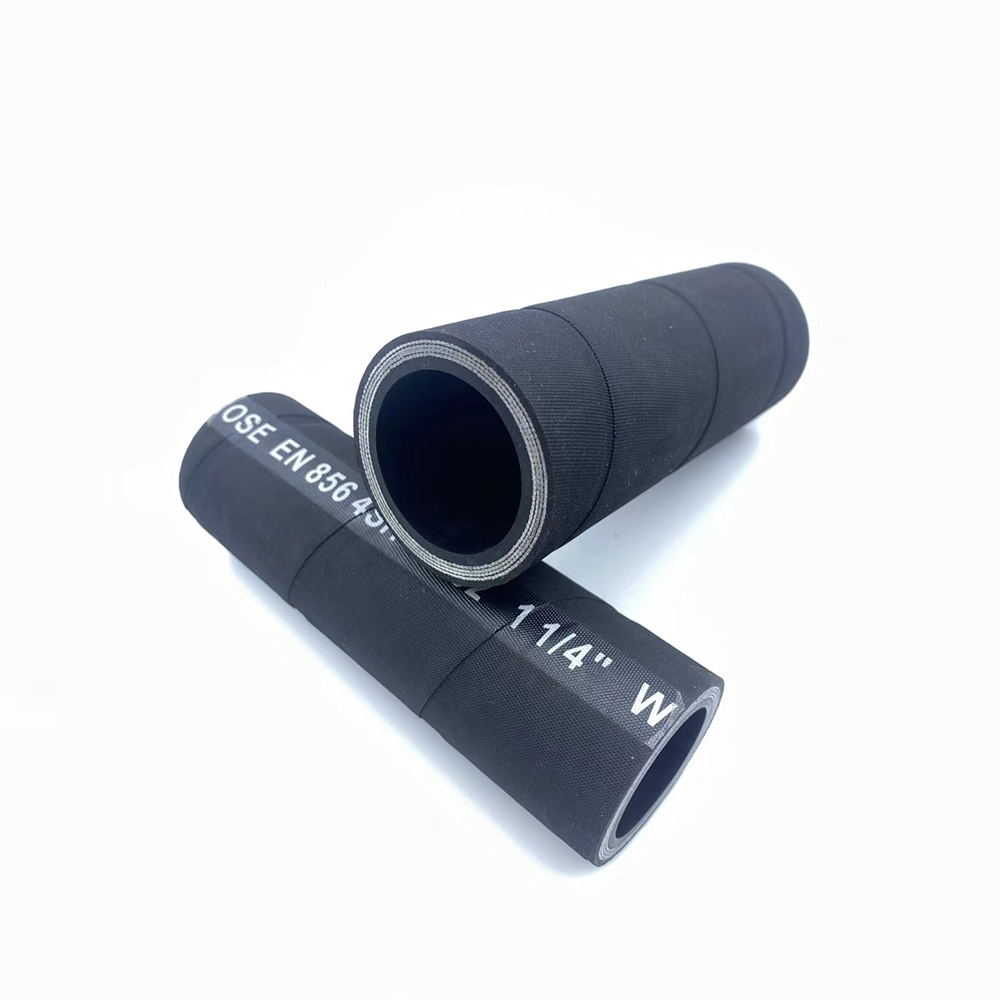Hydraulic hose buying guide
3 min readIn the modern industrial field, hydraulic systems play an indispensable role. As an important part of the hydraulic system, the selection and use of hydraulic hoses are directly related to the performance and safety of the entire system. Therefore, understanding how to correctly select hydraulic hoses is essential to ensure the efficient and stable operation of mechanical equipment. This article will provide you with a detailed guide to purchasing hydraulic hoses to help you make a wise choice among many products.
Hydraulic hoses are flexible pipes used to connect various components in hydraulic systems to transmit pressure media. It usually consists of three parts: an inner layer, a reinforcement layer, and an outer layer. The inner layer is responsible for sealing and transmitting the medium, the reinforcement layer provides the necessary strength and toughness, and the outer layer protects the hose from the external environment.
1. Determine application requirements
Before selecting a hydraulic hose, you must first clarify your application requirements. This includes:
Working pressure: The working pressure of the hydraulic system determines the maximum pressure that the hose needs to withstand. The selected hose must be able to withstand the maximum working pressure of the system and have a certain safety margin.
Working temperature: The working temperature of the hydraulic system will affect the selection of hose materials. Different materials have different temperature application ranges. When selecting, you must ensure that the hose can work normally within the expected temperature range.
Medium type: The medium transmitted by the hydraulic system may be oil, water, or other chemicals. Different media have different requirements for the corrosion resistance of hoses.
Installation environment: Consider the installation location of the hose and whether there is a potential risk of wear, impact, or chemical corrosion.
2. Choose the right hydraulic hose material
According to application requirements, you can choose the following common hose materials:
Rubber: has good flexibility and wear resistance, suitable for most hydraulic systems.
Polyurethane: wear-resistant, oil-resistant, aging-resistant, suitable for applications with high pulse pressure.
Polytetrafluoroethylene (PTFE): has excellent chemical stability and is suitable for transmitting corrosive media.
Stainless steel braiding: high temperature and pressure resistance, suitable for high temperature and high-pressure environments.

3. Consider the size and length of the hydraulic hose
The inner diameter of the hose should match the pipeline in the hydraulic system to ensure that the flow and pressure loss are within an acceptable range. In terms of length, the installation space and the bending radius of the hose should be considered to avoid damage caused by excessive bending.
4. Choose the right type of connector
There are many types of connectors for hydraulic hoses, including straight-in, flared, flanged, etc. Choosing the right type of connector can ensure that the hose is firmly connected to other parts of the system to prevent leakage.
5. Consider brand and quality
When choosing a hydraulic hose, brand and quality are very important considerations. Well-known brands usually mean more reliable product quality and perfect after-sales service. In addition, the product's certification and test reports should be checked to ensure that it meets relevant industry standards.
6. Budget and cost-effectiveness analysis
On the premise of meeting all technical requirements, budget, and cost-effectiveness need to be considered. Compare the quotations of different hydraulic hose suppliers and choose the most cost-effective products. At the same time, considering the long-term maintenance costs and efficiency of use, sometimes it may be more economical to invest in higher-quality hoses.
Before making a final decision to buy, you can refer to other users' reviews and case studies. This information can help you understand how the product performs in actual use and whether there are potential problems. If you still have questions about the choice of hydraulic hose, you may wish to consult professionals. They can provide professional advice and solutions based on your specific situation.
The selection of hydraulic hoses is a process involving multiple factors. By understanding the basics, determining application requirements, choosing the right material and size, considering the type of connector, paying attention to brand and quality, referring to user reviews, conducting cost-benefit analysis, consulting professionals, and conducting post-purchase testing, you can choose the right hose for your hydraulic system. By considering these factors, you will be able to select the hydraulic hose that suits your system needs and ensure the normal operation and safety of your system.
cocofky
cocofang@tianyizz.com
